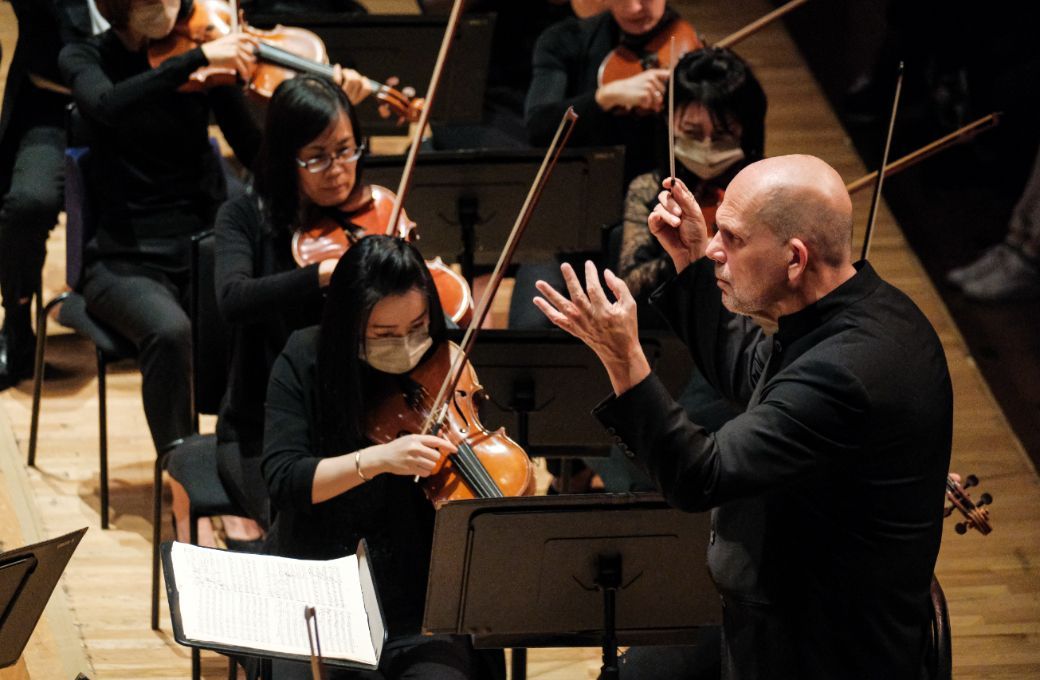Hong Kong’s City Hall may well be just a hop across the harbour from the Hong Kong Philharmonic’s quasi-home turf at the Cultural Centre’s Concert Hall, but the acoustical difference between the two venues is worlds apart. Given the smaller and acoustically brighter space of City Hall – Saturday’s venue for HK Phil’s performance of Brahms’ Second and Fourth Symphonies under Jaap van Zweden’s baton – it was a case of less would have been more as far as sound volume was concerned.
There was simply too much of a good thing. One often craved some tenderness and some change of colour from the violins as contrast to their ever-solid and present approach. Soon after they began to surge in the opening Allegro, robust was clearly the word du jour and anything less than a solid piano dynamic was hen’s teeth. It was a pity, for example, that the overtly direct (sotto voce!) string opening to the Allegro finale lacked a whiff of mystery, thereby detracting from the exciting outburst of exuberance of the main orchestral theme.
But not all was lost in the dense texture. The tranquility was reassuring in the lovely horn and woodwind playing as the first movement developed, and the famous “lullaby” theme that resembles Brahms’ beloved Wiegenlied was heartfelt and warm in the violas and cellos. Likewise, a lovely lilt to Michael Wilson’s oboe playing in the Allegretto grazioso provided a welcome serving of grace and charm, though the contrasting Presto introduced in the strings, aptly tight and angular as it was, again came across as an overdone interruption of the idyllic mood.

Much of the ebb and flow and relaxation of tension went amiss in this reading by van Zweden. He delivered a solid, linear Second Symphony to be sure, but as fine as much of the playing was – including some lovely reflective aspects in the finale’s tranquillo section – there was little left in the tank as far as sound colour went for the final build up to the triumphant blaze of brass.
The fragmentary form of the opening of Brahms' Fourth was well-realised, but sound density slowly detracted from the continuously unfolding nature of the Allegro. Glimpses of something otherworldly did however emerge in the gentler, more tender string swells and the beautiful wind chorales in the Andante. Over-earnestness in the central part of the Allegro giocoso took away from the contrasting forceful nature of the main Scherzo’s character, but there was no doubt about the alluring nature of the woodwind playing and strong brass chorales that marked Brahms’ finale, his towering Bach cantata-derived symphonic passacaglia. In the end it was the “one-size-fits-all” nature of the orchestral sound that was questionable.


